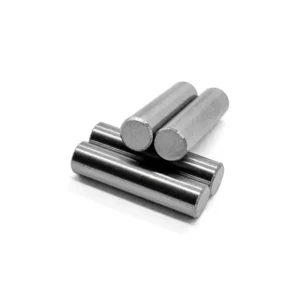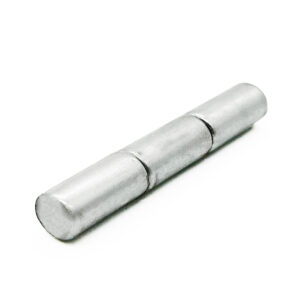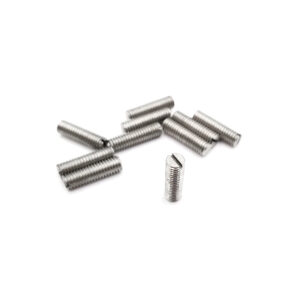Uncategorized
Advantages and Disadvantages of using different types of permanent magnets in guitar pickups
Choosing the right magnet for your guitar pickups is like picking the spice that defines your dish. It shapes the tone, output, and feel of your instrument, influencing how your music translates to the world. Let’s dive into the advantages and disadvantages of each major type:
Advantages and Disadvantages of Alnico Magnets in Guitar Pickups as follow:
Advantages:
- Warm, smooth, and vintage tone: Alnico delivers a classic, creamy sound with rich mids and mellow highs, perfect for blues, jazz, and classic rock.
- Dynamic response: Responds beautifully to picking nuances and string attack, offering expressiveness and articulation.
- Lower output: Ideal for players who prefer a more natural, “amp in the room” sound, or where feedback control is crucial.
- Resistant to corrosion: A durable choice for long-term use.
Disadvantages:
- Weaker magnetic strength: Less output and sustain compared to ceramic, NdFeB, and FeCrCo.
- Susceptible to demagnetization: Can lose magnetism from strong external fields like loudspeakers or power tools.
- Higher cost: Due to the presence of nickel and cobalt.

Advantages and Disadvantages of Ceramic Ferrite Magnets in Guitar Pickups as follow:
Advantages:
- Bright, punchy, and modern tone: Delivers a sharp attack, emphasizing highs and mids, ideal for high-gain playing and aggressive styles.
- High output and sustain: Provides a powerful signal for cutting through the mix and extended note bloom.
- Strong magnetic field: Resists demagnetization better than Alnico.
- Cost-effective: More affordable than Alnico and rare-earth magnets.
Disadvantages:
- Hardier tone: Can sound harsh or brittle compared to Alnico’s warmth.
- Less dynamic: May not respond as subtly to picking variations.
- Can be brittle: More prone to chipping or cracking than other magnet types.
Advantages and Disadvantages of NdFeB Magnets in Guitar Pickups as follow:
Neodymium Iron Boron (NdFeB) magnets:
Advantages:
- Unmatched clarity and articulation: Every note rings out with laser-like precision, ideal for technical playing and fast riffs.
- Extreme output and sustain: Boasts the highest signal strength among common pickup magnets, making it perfect for heavy styles.
- Highly resistant to demagnetization: Practically immune to losing magnetism.
Disadvantages:
- Potentially harsh and sterile tone: The intense focus on clarity can sound cold or metallic for some playing styles.
- Highest cost: Due to the use of rare-earth neodymium.
- May require careful pickup design: High strength can lead to unwanted feedback if not balanced properly.

Advantages and Disadvantages of FeCrCo Magnets in Guitar Pickups as follow:
Iron Chromium Cobalt (FeCrCo) magents:
Advantages:
- Powerful but warmer than NdFeB: Offers high output with a smoother, slightly compressed tone compared to NdFeB’s stark clarity.
- Good articulation and punch: Delivers well-defined notes with a bit more body and warmth.
- Lower cost than NdFeB: A more budget-friendly alternative while still packing a punch.
Disadvantages:
- Lower magnetic strength compared to NdFeB: Output and sustain won’t be quite as impressive.
- More susceptible to demagnetization than NdFeB: Though still robust, they’re not quite as impervious to strong magnetic fields.
Choosing the Right Magnet:
Ultimately, the best magnet for your pickups depends on your personal preferences and playing style. Here’s a quick guide:
- Alnico: For vintage warmth, lower output, and dynamic response.
- Ceramic Ferrite: For bright, punchy attack, high output, and affordability.
- NdFeB: For unmatched clarity, high output, and articulation (be prepared for potentially harsher tone).
- FeCrCo: For a powerful yet warmer alternative to NdFeB, with good articulation and a budget-friendly price tag.
Remember, experiment with different magnets and pickup configurations to find your perfect voice. There’s no right or wrong answer, only the sound that inspires you to play your best.
I hope this comprehensive guide helps you navigate the world of guitar pickup magnets and find the perfect spice for your sonic dish!



